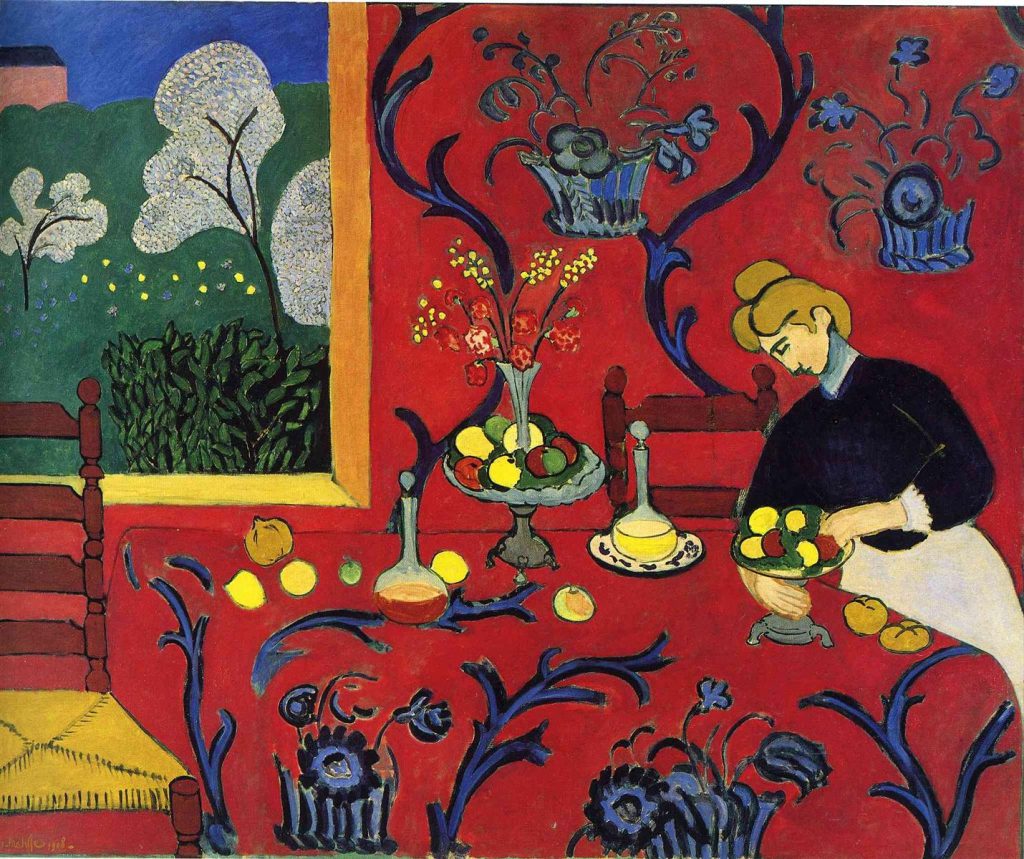Henri Matisse’s Artistic Evolution: A Journey Through Color and Form
Henri Matisse (1869-1954) stands as one of the most influential artists in modern art history, renowned for his revolutionary approach to color and form. His artistic journey spanned decades of experimentation, challenging traditional conventions and redefining how we perceive visual art. For oil painting enthusiasts seeking inspiration, understanding Matisse’s style evolution offers valuable insights into creative growth and artistic courage.
The Early Years: Impressionist Foundations (1890s-1904)
Matisse’s artistic career began unexpectedly after a appendicitis attack led him to discover painting as a form of recovery. His early works reflected strong influences from Impressionist paintersImpressionist painters like Claude Monet and Pierre-Auguste Renoir, characterized by:
- Soft, naturalistic color palettes
- Loose brushwork capturing light and atmosphere
- Everyday subjects like landscapes and domestic scenes
Notable works from this period include La Desserte (The Dessert) (1897), where Matisse experimented with subtle color transitions and composition while adhering to representational accuracy. These early oil paintings demonstrate his technical foundation before his radical departure from tradition.

The Fauvist Revolution (1905-1908)
Matisse’s true artistic breakthrough came in 1905 with the birth of Fauvism (“wild beasts”), a movement he spearheaded alongside André Derain. This period marked his definitive break from Impressionism, introducing:
- Bold, non-naturalistic colors applied in flat planes
- Distorted forms and simplified outlines
- Emotional expression prioritized over realistic representation
His controversial masterpiece Woman with a Hat (1905) shocked critics with its vibrant, clashing colors and exaggerated brushwork—elements that would become hallmarks of Fauvist oil painting. Matisse explained his approach: “I don’t paint things, I paint the difference between things.” This revolutionary perspective transformed oil painting techniques by liberating color from its descriptive function.
Decorative Harmony and Oriental Influences (1909-1920s)
After the Fauvist period, Matisse developed a more refined style emphasizing harmony and balance. His travels to Morocco introduced North African motifs and patterns, visible in works like The Moroccans (1916). Key characteristics include:
- Flat, decorative compositions inspired by Islamic art
- Rich, saturated colors arranged for rhythmic effect
- Integration of patterns and textiles as visual elements
The Red Studio (1911) exemplifies this phase, with its bold red interior flattening spatial depth while creating a cohesive, immersive environment—demonstrating how oil painting could transform ordinary spaces into extraordinary visual experiences.
The Cut-Outs: Late Period Innovation (1940s-1950s)
Physical limitations from illness led Matisse to develop his revolutionary cut-out technique in his later years. Unable to paint traditionally, he created vibrant compositions by cutting shapes from painted paper and arranging them into dynamic collages. These works, including The Snail (1953) and the Jazz series, represent:
- Pure color and form stripped to their essentials
- Fluid, organic shapes suggesting movement and energy
- A fusion of painting, drawing, and sculpture
Despite their departure from traditional oil painting, the cut-outs embody Matisse’s lifelong preoccupation with color relationships and visual harmony—offering valuable lessons for artists working in any medium.
Matisse’s Legacy for Contemporary Oil Painters
Matisse’s artistic evolution demonstrates that true creativity comes from constant experimentation. For modern oil painters, his work offers timeless lessons:
- Embrace color as an emotional language rather than a descriptive tool
- Find beauty in simplicity and reduction
- Allow limitations to spark innovation
- Prioritize personal expression over academic rules
Whether you’re painting landscapes, portraits, or abstract compositions, Matisse’s journey reminds us that artistic growth comes from bold exploration. His ability to reinvent his approach while maintaining a distinct visual voice makes him a perpetual source of inspiration for oil painting enthusiasts worldwide.